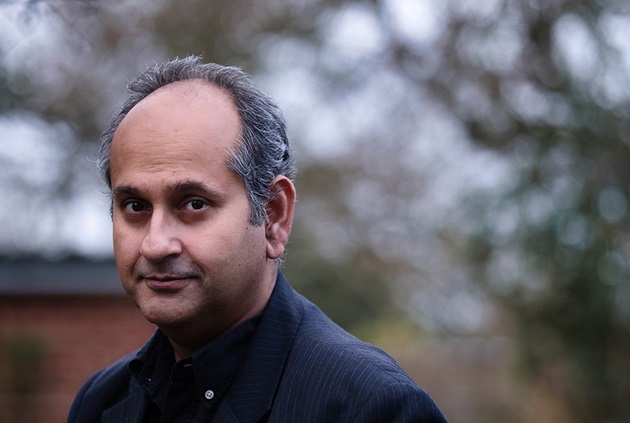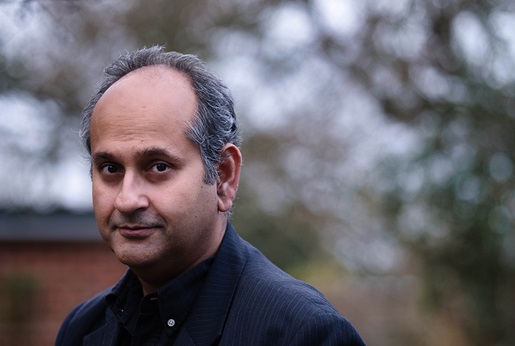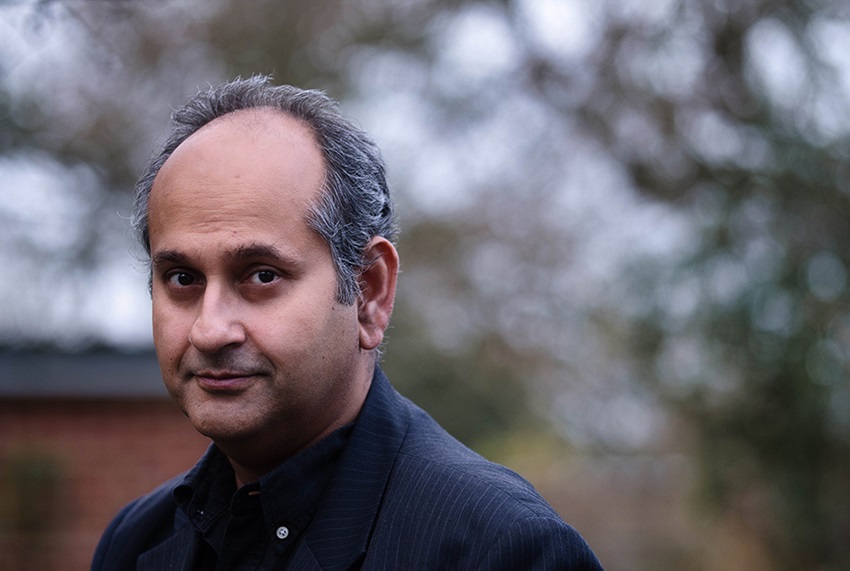Working with SPECT CT- where does it fit in?
MRI, CT, Ultrasound and nuclear medicine imaging are the cornerstone of complex musculoskeletal imaging, all with their own individual strengths. A consultant musculoskeletal radiologist, Dr Sanjay Vijayanathan (Vijay), based mainly at London Bridge Hospital gives us an insight as to how SPECT CT forms part of orthopaedic radiology.
"The access and evolution of powerful medical computing over the last 15 years has led to SPECT-CT, which is basically the use of advanced software to map two very different types of investigation - CT and nuclear medicine. Traditional nuclear medicine involves administering a tracer to the body to identify areas of abnormal activity – in the case of bone, this might be a fracture, cancer, stress change or wear and tear. CT is the converse of that, as it allows exquisite anatomical detail, but information about function has to be deduced."
Vijay started his imaging career as a radiologist in nuclear medicine. He felt a pull towards the skeletal imaging, which led to a focus on this area.
"SPECT CT is particularly useful for challenging cases where reaching a diagnosis has been difficult using the standard modalities. It has been useful in the imaging of complex patients where metal (eg joint replacements), the presence of a medical device such as a pacemaker and in patients with chronic or recurrent injuries seen in inflammatory conditions and elite sport, makes MRI challenging."




Multidisciplinary radiology
SPECT CT’s power is amplified when used in multidisciplinary pathways where teams who understand the strengths of the technology have expertise that can be applied to the unique situation each patient experiences.
"It’s an area where teamwork is vital. The machine requires a multidisciplinary approach to run – its own complex ecosystem of health professionals." With three of these state-of-the-art machines, HCA UK has a large network in place from radiographers to technologists, all working seamlessly to deliver the service: run the machines, administer the drug, deliver the tracer and evaluate the scan.
"Within the multidisciplinary team, I’m a consultant musculoskeletal radiologist, which means I'm a radiologist who has basically concentrated on the imaging of bones and joints to the exclusion of everything else – and I help influence the imaging strategies we use to assess the issues our patients face, so that the other members of the team can interrogate this information and find the best possible treatment."
Vijay became the first subspecialty musculoskeletal radiologist employed at Guy's Hospital in 2003, and set up the subspecialty there. He was part of the team who introduced the UK’s first SPECT CT system there, being one of the few radiologists in the country who use ultrasound, MRI, CT and SPECT CT as complementary techniques.